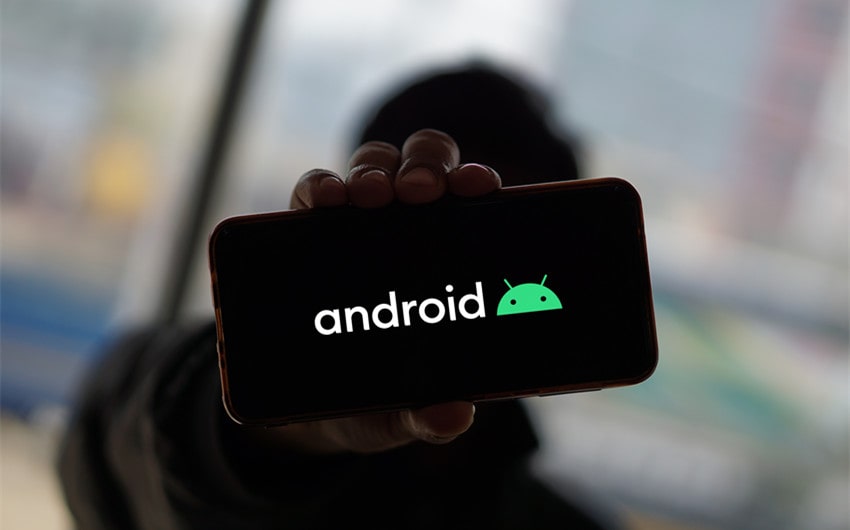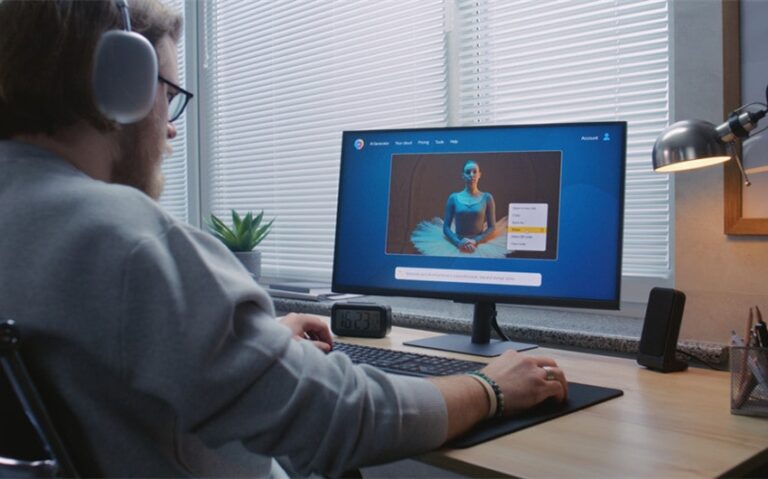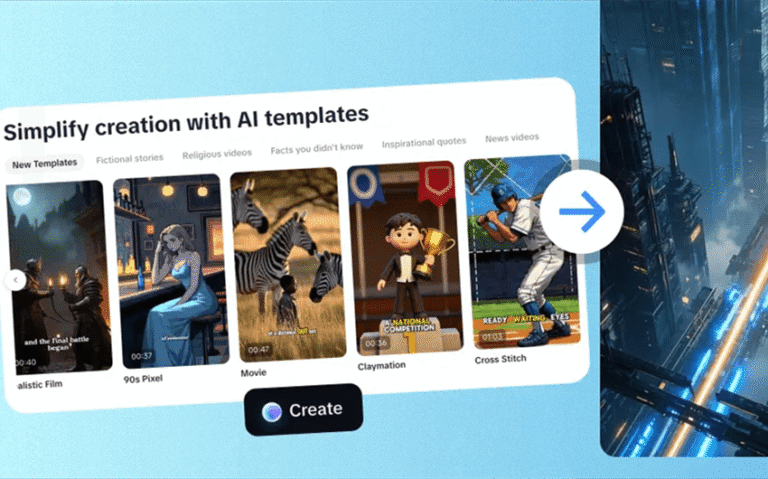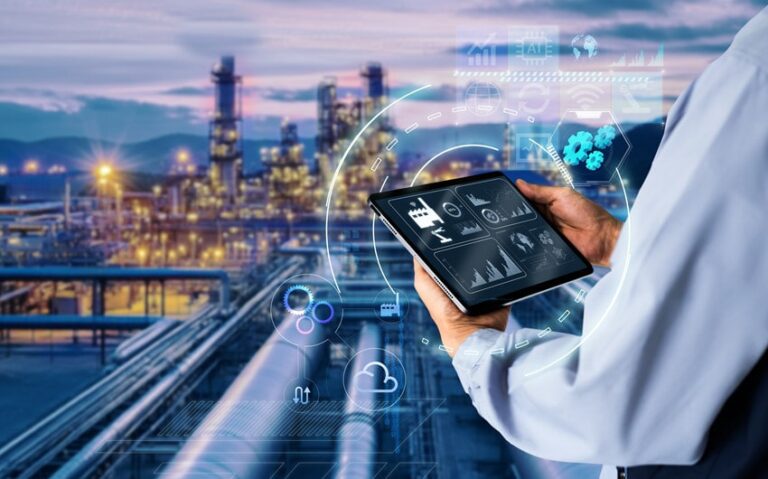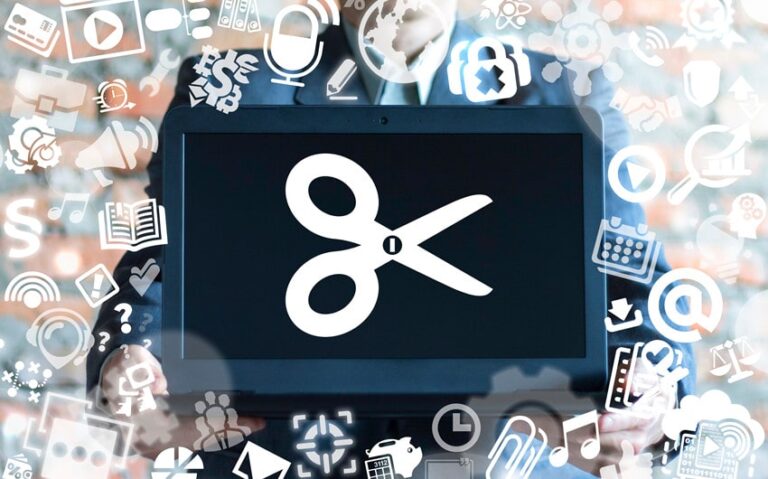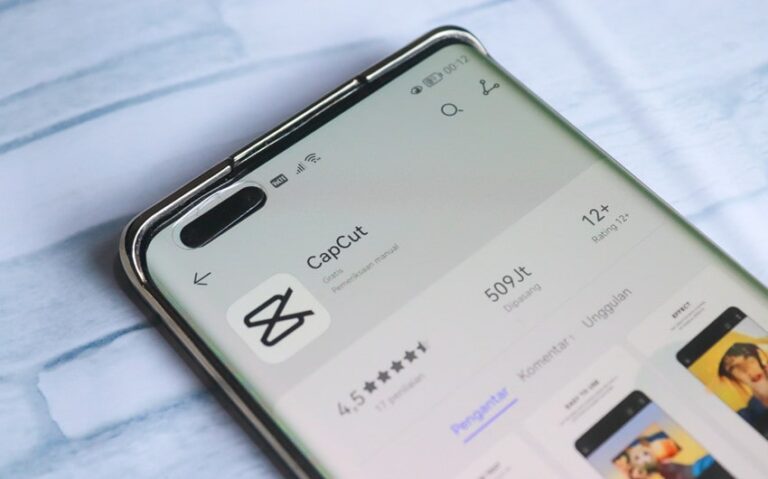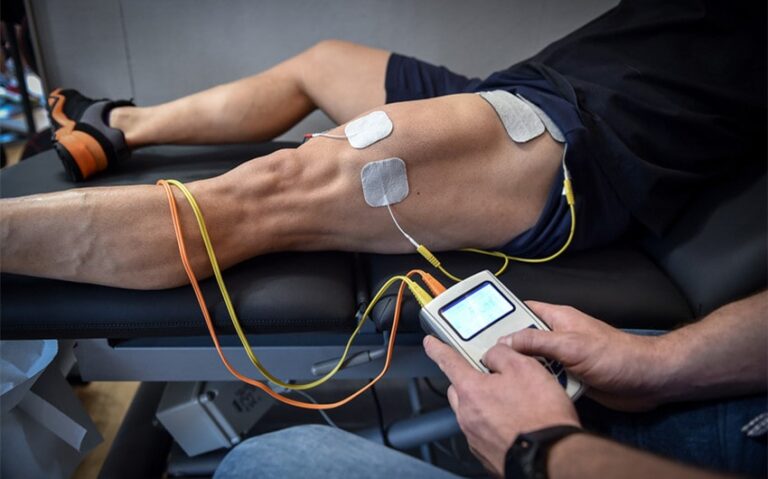Why Android Is Better Than iPhone: 10 Smart Reasons That Actually Matter
When it comes to smartphones, few debates spark more passionate arguments than Android versus iPhone. Tech enthusiasts, casual users, and everyday consumers have strong opinions on both sides. But if you’re seriously asking yourself why Android is better than iPhone, there are some practical and compelling reasons to consider—reasons that go far beyond branding or hype.
This isn’t about saying one is universally superior. It’s about looking at what truly matters in daily use—value, customization, flexibility, functionality, and innovation. Whether you’re tech-savvy or just want a phone that works the way you need it to, Android offers a level of freedom and user control that Apple simply doesn’t match.
Here are ten key reasons why Android is better than iPhone—and why it might be the smarter choice for your lifestyle and budget.
1. More Customization Options
One of the biggest advantages Android has over iPhone is how much control it gives you over your device’s appearance and behavior. Android users can personalize everything from the home screen layout to icon packs, live widgets, keyboard apps, launchers, animations, and even the look of the lock screen.
Want to use a custom launcher? You can. Prefer a swipe-based app drawer? No problem. You can even replace the default SMS or camera app with one you like better. This level of flexibility allows you to create a phone that feels like it truly belongs to you.
In contrast, iPhones are famously locked into Apple’s design language and user interface. While newer iOS versions have added features like widgets and limited app customization, it’s still a controlled and tightly regulated experience. For users who enjoy tailoring their tech to fit their personality, Android is miles ahead.
2. Greater Variety of Devices
Another reason why Android is better than iPhone comes down to choice. Android isn’t tied to a single brand or manufacturer. It powers devices from companies like Samsung, Google, OnePlus, Xiaomi, Motorola, and more. This competition drives innovation and gives consumers a wide array of phones to choose from—across all price ranges and feature sets.
Whether you want a flagship powerhouse like the Samsung Galaxy S23 Ultra, a mid-range performer like the Google Pixel 7a, or a budget-friendly device under $300, there’s an Android phone that fits. You can choose phones with different display sizes, battery capacities, camera setups, or even foldable screens.
With iPhone, you’re limited to a few annual models and one ecosystem. If none of them fit your specific needs or budget, you’re out of luck.
3. Expandable Storage
For people who love taking photos, downloading music, storing files, or installing lots of apps and games, storage space is crucial. Many Android devices offer expandable storage through microSD cards, allowing you to bump up your storage capacity affordably and easily—sometimes up to 1TB.
Apple, on the other hand, has never allowed expandable storage. If you want more space on your iPhone, you have to pay for it upfront when purchasing the device, often at a steep price increase. And once you’ve made that choice, you’re stuck with it. You can’t change it later, and you’ll likely end up relying on cloud storage for everything.
For people who prefer flexibility and control, expandable storage is a game-changer—another reason why Android is better than iPhone.
4. Universal Charging with USB-C
Charging cables may seem like a small issue until you find yourself stranded without the right one. Most modern Android phones use USB-C, a fast, reversible, and universally supported charging standard. It’s the same port used for charging laptops, tablets, headphones, and even some cameras. You can share chargers between devices, making travel and everyday use much easier.
iPhones, however, still rely on Apple’s proprietary Lightning cable—a format that’s not compatible with anything else you own unless it’s made by Apple. That means extra spending on adapters, extra cables, and less convenience.
Apple is expected to adopt USB-C for future models due to EU regulations, but Android has had this user-friendly standard for years. It’s a small thing that makes a big difference in real life.
5. More Affordable Options
One of the most straightforward reasons why Android is better than iPhone is price. Android phones come in a far wider range of price points—from budget models under $200 to high-end flagships that compete with or exceed iPhone specs.
You can get a solid Android device with fast performance, a good camera, and long battery life for half the price of a new iPhone. And even mid-range Android phones now come with features like OLED displays, 5G support, fast charging, and high refresh rate screens.
iPhones tend to be priced at a premium, and even older models often stay expensive compared to newer Android alternatives. If affordability matters—and for many people, it does—Android gives you much more value for your money.
6. Faster Innovation and Feature Rollouts
If you’ve ever wondered where some of the most exciting smartphone innovations happen, look no further than Android. Manufacturers in the Android ecosystem are often the first to experiment with new designs and technologies. Foldable screens, under-display fingerprint sensors, wireless reverse charging, periscope zoom cameras—these all appeared on Android phones first.
Apple, known for its cautious approach, typically waits until a technology is fully matured before implementing it. That’s great for stability, but it means iPhone users often lag behind in accessing the latest features.
With Android, you get to be on the cutting edge if you want to. If you prefer bold design and rapid innovation, that’s one more reason Android is better than iPhone.
7. Better Integration with Google Services
Google services like Gmail, Google Maps, Google Photos, Google Assistant, and Google Calendar are deeply woven into the Android experience. They sync seamlessly, update regularly, and offer more powerful features than many Apple equivalents.
Sure, you can use Google apps on an iPhone—but they’re not integrated as deeply. For example, on Android, Google Assistant can control your smart home devices, send texts, pull up directions, and manage tasks all with voice commands. It’s more versatile and customizable than Siri.
Google Photos on Android offers free high-quality backups (depending on the phone), powerful AI-based photo editing, and better search tools. Google Maps often receives new features on Android before iOS as well.
If you already use Google for email, navigation, file storage, and communication, Android gives you a smoother, more unified experience.
8. Split-Screen and Multitasking Capabilities
Multitasking is another area where Android shines. Many Android phones support split-screen mode, allowing you to use two apps simultaneously—like browsing the web while watching a YouTube video, or taking notes while in a Zoom call. It’s especially helpful for students, remote workers, and multitaskers.
On iPhones, true split-screen multitasking is still limited. While iPads have more advanced multitasking tools, iPhones have lagged behind in this area. iOS does offer app-switching and picture-in-picture for video, but it’s nowhere near the flexibility that Android provides.
If you like to get more done at once or enjoy using your phone as a productivity tool, Android has the edge.
9. More Open Ecosystem
Apple is known for keeping tight control over its ecosystem. That results in security and consistency, but it also limits freedom. On iPhones, you can’t change your default apps for everything, and you can’t install apps from outside the App Store without jumping through complex technical hoops.
Android, meanwhile, is far more open. You can change your default browser, email, music, or messaging apps. You can install apps from outside the Play Store (at your own risk), giving you access to more diverse and experimental software. You can even root your phone if you’re an advanced user and want total control.
This open ecosystem allows Android to cater to developers, tinkerers, and users who want to shape their device on their terms.
10. Always-On Display and Advanced Notifications
Notifications are one of the most-used features on any phone, and Android handles them more efficiently. With Android’s always-on display feature, you can glance at your phone and see time, date, notifications, battery percentage, and even media controls—without unlocking it.
Android also offers more interactive and customizable notifications. You can group them, swipe to manage them, prioritize them by app, and even respond to messages from the notification bar itself.
iPhones have improved in this area, but their notification handling still feels clunkier and less intuitive. If you rely on quick glances and efficient notification management, Android wins again.

